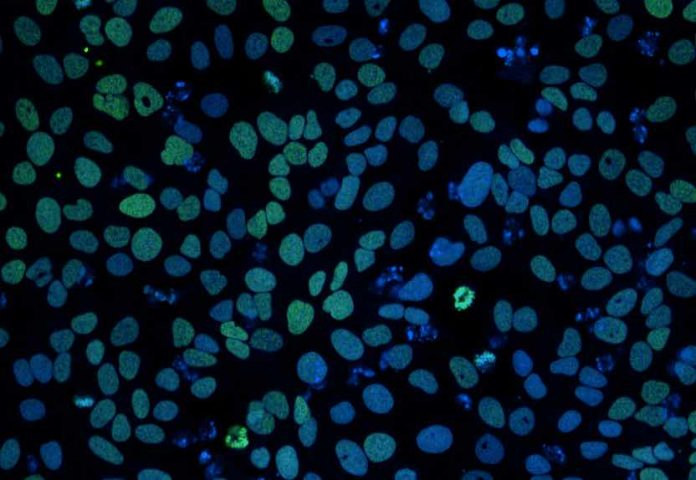Griffith University researchers played a key role in identifying that particular enzymes are critical for regulating leukemic stem cells.
In collaborative research published in Nature, the team found a way to target acute myeloid leukaemia (AML) at its source – a discovery that could yield a more effective treatment for this aggressive and often incurable blood cancer.
Led by the Peter MacCallum Cancer Centre in Melbourne, Professor Vicky Avery’s team from the Griffith Research Institute for Drug Discovery contributed to the publication by developing essential cellular assays.
These were utilised to identify and evaluate highly selective small molecule inhibitors that discriminated between the major families of histone acetyltransferases (HAT), which play pivotal roles in leukaemia stem cell regulation.
“This research provides validation of HBO1 as a target for cancer drug discovery,” Professor Avery said.
“It has the potential to significantly impact future therapeutic interventions for cancers in urgent need of novel therapeutic strategies.”
Prof Mark Dawson and Dr Laura MacPherson led the international research team, in collaboration with researchers in Europe and Australia including at the Walter and Eliza Hall Institute of Medical Research (WEHI), Monash Institute for Pharmaceutical Sciences (MIPS) and Cancer Therapeutics CRC.
They identified a new druggable target in AML stem cells, which are the ‘roots’ that sustain this type of cancer. Although these stem cells are rare, they are likely to be the main cause for resistance to current anti-cancer therapies.
“Our current treatments for AML are good at eliminating the majority of cancer cells but they can leave these rare leukemic stem cells behind, resulting in the cancer coming back after treatment,” Prof Dawson said.
“There is a critical need for new AML treatments that eradicate these stem cells, and with this discovery we’ve taken a major step towards such a treatment.”
In the paper the scientists described how the protein HBO1 was essential for the survival of leukemic stem cells. When HBO1 is lost, these cells are no longer able
to drive cancer growth in laboratory models of human and mouse AML.
“We found that HBO1 loss caused these difficult-to-treat leukemic stem cells to cease dividing, transition to less malignant forms and, in some cases, undergo cell death,” study lead author Dr MacPherson said.
The scientists then undertook a series of experiments to discover the part of the HBO1 protein that was critical for its function in stem cells. In collaboration with medicinal chemists in Melbourne, the team developed a small molecule – the first building block of a drug – that could suppress the activity of HBO1 in AML cells.
“When we treated a range of human and mouse AML cells with a drug that inhibits HBO1 in the laboratory, we discovered that this compound potently induced anti-cancer effects,” Dr MacPherson said.















